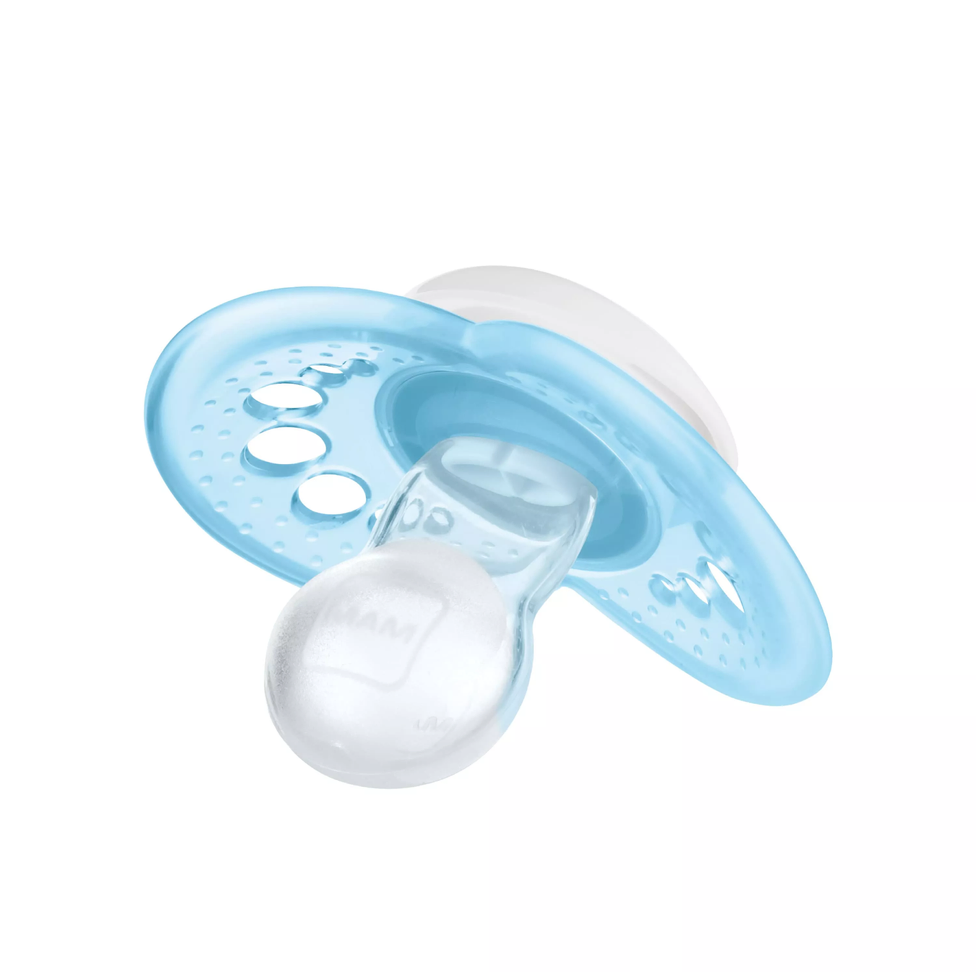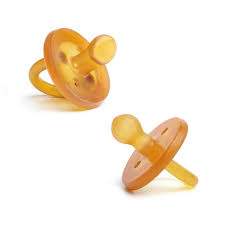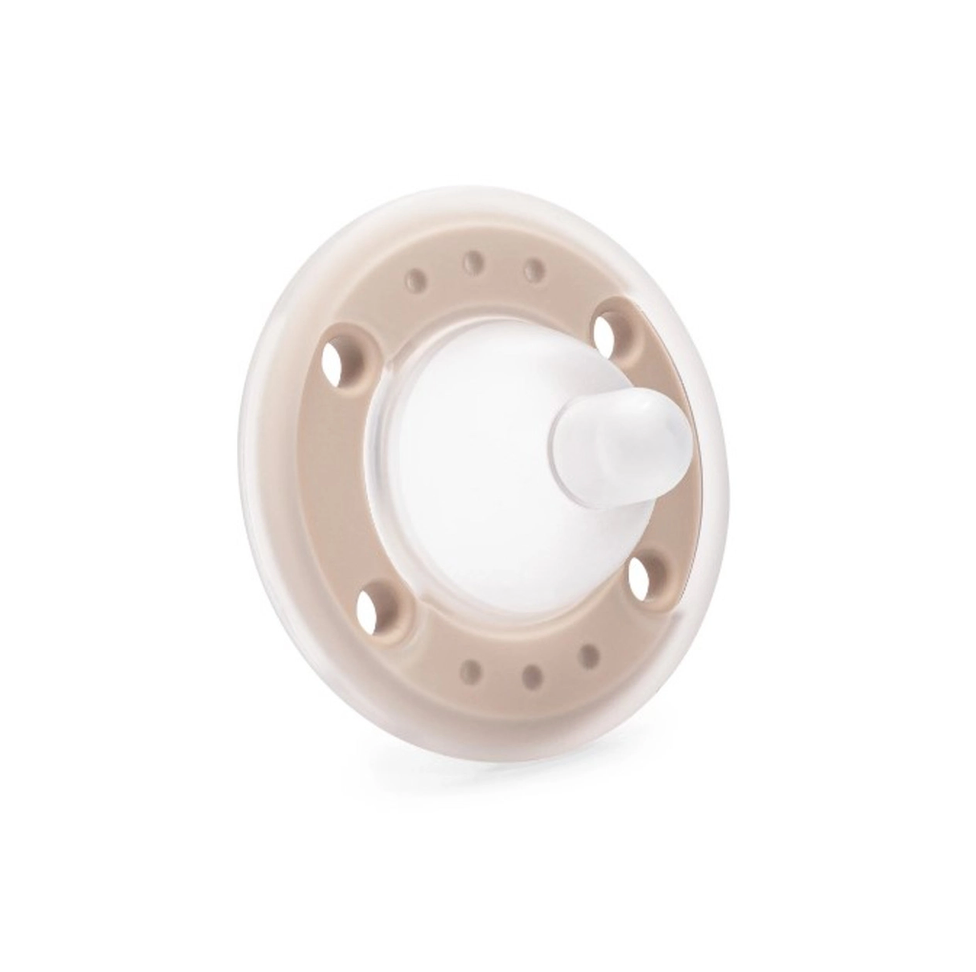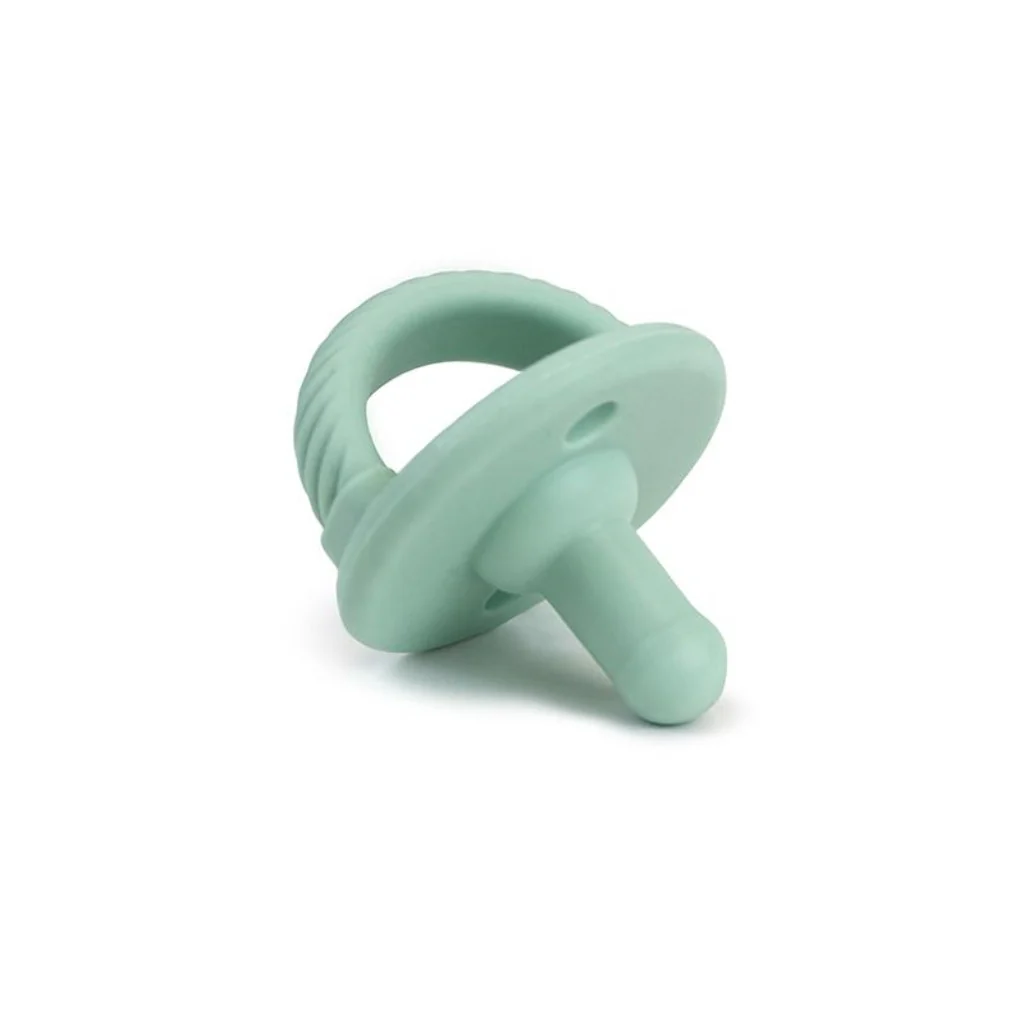Pacifiers - The Good, The Bad and How to Choose
- Ashleigh Richmond
- Aug 12
- 2 min read
Ever found yourself staring at the pacifier aisle, wondering, “Which one do I even need?” or "Is this helping—or just hiding a cry?" It’s overwhelming! Today, we'll explore pacifiers through the gentle, thoughtful lens of a lactation consultant —covering the pros, the cons, and how to choose (or skip) with confidence.

First Things First: The Why Behind the Pacifier
Pacifiers are not a must-have—they’re a choice.Think about your reasons. Is it just a reflex when the baby cries? Or are you leaning on it because you’re in a rush, or it’s easier in public?
Every cry is communication. Instead of grabbing a pacifier, consider playing detective—what is your baby trying to tell you?
Are you using it to stifle crying?
To buy time before feeding?
To quiet them in public?
For naps or babysitters?
Are you soothing, or avoiding discomfort?
The Pro & Con Breakdown
Pros
Sucking is inherently soothing.
Helpful for regulation—especially when a baby struggles with breastfeeding or has an oral restriction.
With the right shape they can help a baby with oral function issues to work on suction strength.
Cons
Masking a feeding cue when baby is really hungry
Too many styles—some can disrupt oral development.
Hard to wean off.
May override your baby’s way of expressing needs.
Not ideal for nighttime—in terms of airway and oral development due to keeping the tongue down and off the roof of the mouth where it belongs.
Guiding Principles: When and How to Use a Pacifier
Start safe: Wait until 3–4 weeks to use one when breastfeeding is well established.
Timing matters: Ideally, phase it out by 6–8 months for oral development reasons
During sleep? Remove it when they nod off. Nudge gently on their chin to close their mouth to encourage closed-mouth breathing and proper tongue posture.
Choose wisely:
Skip bulb or flat shapes—they can mess with how the tongue rests or how the palate forms.
Instead, go for pacifiers made of natural rubber, silicone, or latex.
Opt for ones that mimic tongue cupping—like the Advent Soothie , Nano Bebe, Itzy Ritzy Sweetie or the malleable, breast-like Ninni Co.
Not ideal shapes
Ideal shapes that promote tongue cupping
How It Can Work for You
Imagine: baby is in full meltdown, and you need a moment. Offer the pacifier. Let them suck, calm down. Then, once they’re grounded, switch to breastfeeding or bottle-feeding when everyone’s relaxed and ready. That’s using it as a temporary bridge—not a crutch.
Your Biggest Takeaways
Pause and reflect: “Why am I using the pacifier?”
If you do choose one, prioritize shapes that support healthy oral development.
Remove it during sleep, encourage proper breathing and tongue position.
Aim to wean by 6–8 months—most babies don’t need it beyond that.
Can be great to use for oral development exercises in some cases.
Find our list of pacifiers that we LOVE here.
Need more help? Book a visit with Wisco Lactation! We offer home & office visits in Southern Wisconsin and NE Illinois. Including Milwaukee, Madison, Kenosha and the surrounding areas. Virtual visits offered worldwide!












